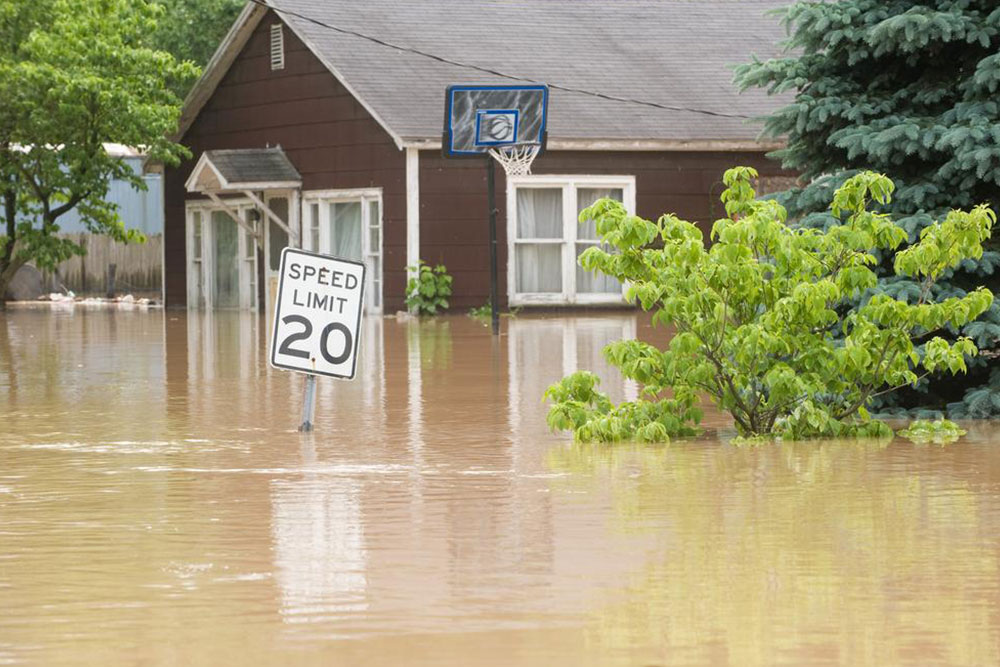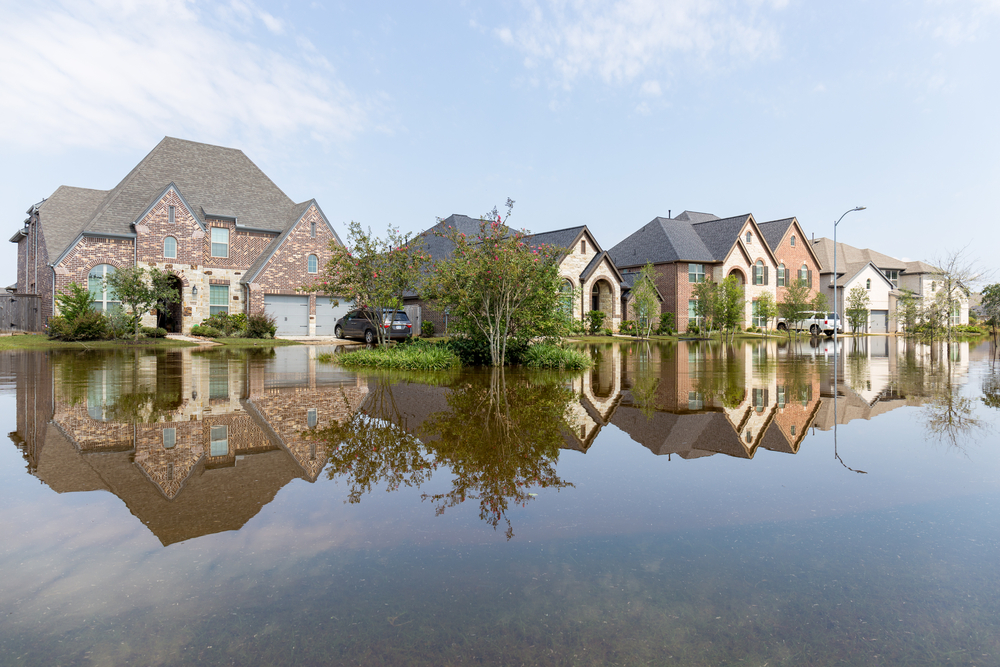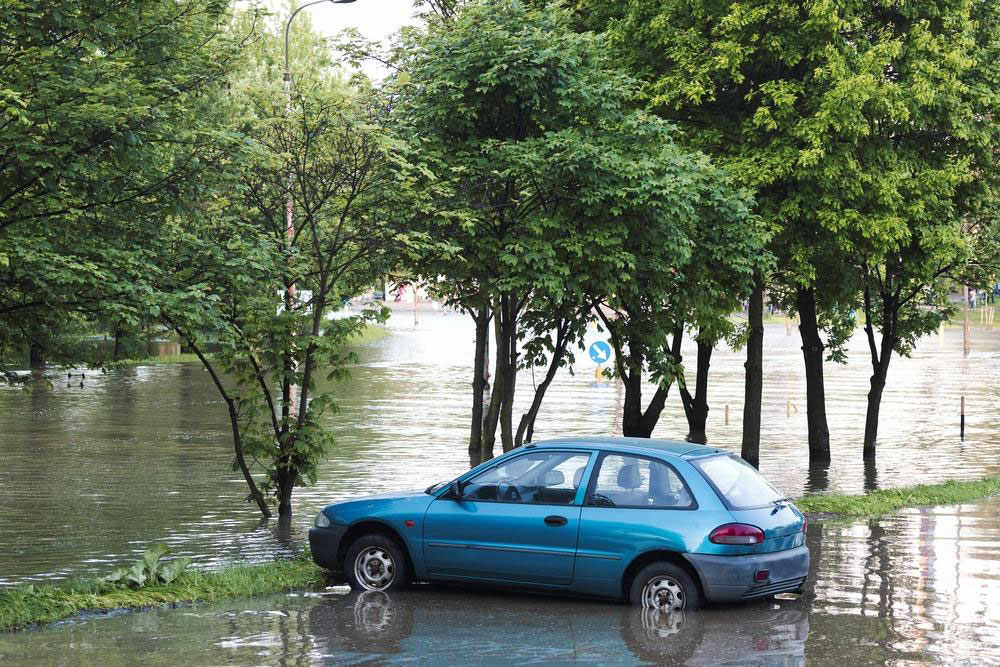Comprehensive Guide to Flood Insurance: Protecting Your Home and Personal Belongings
This comprehensive guide explores everything about flood insurance, emphasizing its importance for homeowners and renters. It details the coverage options available under the NFIP, including building and personal property policies, and highlights why securing flood insurance is crucial even in low or moderate-risk zones. The article provides practical tips on coverage limits, additional protections, and proactive measures to mitigate flood damages, ensuring readers are well-informed and prepared to safeguard their properties effectively against devastating flood events.

Comprehensive Guide to Flood Insurance: Protecting Your Home and Personal Belongings
Flooding is a devastating natural disaster that can strike suddenly and with little warning, leading to severe damage to properties and significant financial loss. Floodwaters can infiltrate homes, damaging everything from structural elements to personal belongings, and disrupting everyday life. Given the unpredictable nature of floods, it becomes imperative for homeowners and renters to understand how to safeguard their assets through appropriate flood insurance coverage. Even in areas considered low to moderate risk, floods can occur, and the financial consequences can be overwhelming without proper protection. Studies indicate that approximately 20% of flood insurance claims originated from areas classified as moderate to low-risk zones, underscoring the importance of comprehensive coverage regardless of flood zone designation.
Most standard homeowners insurance policies exclude coverage for flood damage, making specialized flood insurance policies an essential component of a household's risk management strategy. This guide aims to inform you about the essentials of flood insurance, focusing on available options, coverage limits, and the importance of securing these policies, especially for those with mortgages or valuable assets.
The primary resource for flood insurance in the United States is the National Flood Insurance Program (NFIP), operated by the Federal Emergency Management Agency (FEMA). The NFIP offers two main types of policies—building coverage and personal property coverage—that can be purchased separately or bundled together based on individual needs. Both policies are designed to provide financial assistance to repair or replace your home and belongings after flood events, helping to reduce the financial burden during such challenging times.
NFIP Building Policy: This policy covers the physical structure of your home or commercial building up to approximately $250,000. It helps to cover the costs associated with repairing or rebuilding your property’s shell, including foundations, walls, roofing, and essential infrastructure. For homes with higher value or specialized features, homeowners may need additional coverage. The policy also encompasses critical systems such as HVAC units, water heaters, electrical wiring, plumbing fixtures, and built-in appliances like dishwashers and ovens. Detached garages, decks, and patios may also be included if specified in the policy, along with debris removal costs, which are essential after a flood event.
NFIP Personal Property Policy: This coverage is designed to protect your personal belongings inside the home. It covers clothing, electronics, furniture, curtains, window air conditioning units, carpets that are not included in the building coverage, portable microwaves, dishwashers, washers, dryers, freezers, and frozen foods. Valuables such as jewelry and furs are also protected up to a limit of $2,500. The personal property policy reimburses you based on the current cash value of damaged items, not their original purchase price, accounting for depreciation and wear and tear.
For properties with values exceeding $250,000, homeowners might need to purchase additional policies or excess coverage to ensure full protection. It's also important to note that if you have a mortgage on a property located in a high-risk flood zone, federal regulations often require purchasing flood insurance as part of your loan conditions. This ensures that both lenders and homeowners have financial safeguards in place should a flood occur.
Understanding the scope of flood insurance coverage is vital for effective risk management. Flood damage can be catastrophic, and recovery costs can run into hundreds of thousands of dollars without the right policy. Besides the core coverage provided by the NFIP, some homeowners opt for private flood insurance providers that may offer higher limits or additional coverage options tailored to specific needs. However, NFIP policies are widely accessible and often more affordable, making them a popular choice among property owners across the country.
In addition to purchasing flood insurance, homeowners should proactively prepare by elevating electrical systems, installing sump pumps, and implementing flood barriers where possible. These preventative measures can complement insurance coverage and further reduce potential damages. Regularly reviewing your policy coverage limits and updating your insured amount as your property appreciates or renovations are completed is also advisable to ensure comprehensive protection.
In conclusion, flood insurance is a critical component of any comprehensive home protection plan. It provides peace of mind knowing that in the event of a flood—whether minor or catastrophic—you will have financial assistance to recover and rebuild. Given the increasing unpredictability of weather patterns and the rising frequency of natural disasters, understanding your flood insurance options and securing appropriate coverage should be a priority for every homeowner and renter alike.





